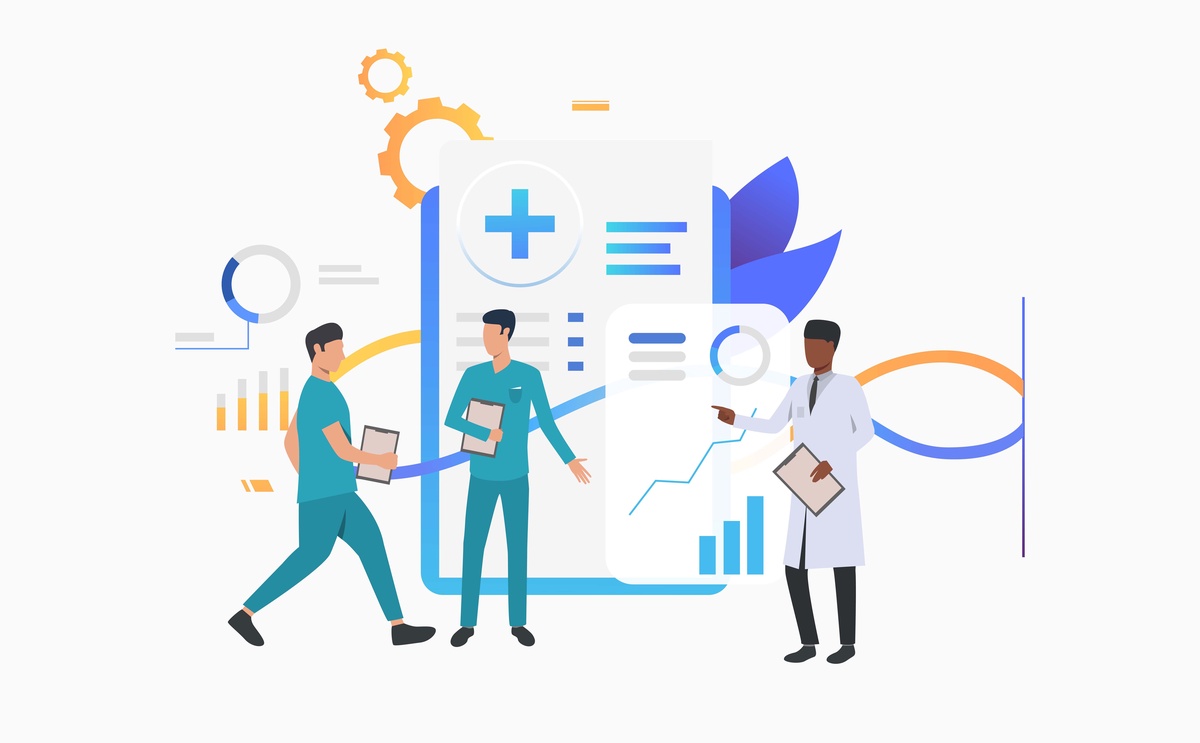In the ever-evolving landscape of healthcare, the importance of robust authentication mechanisms cannot be overstated. Ensuring that patients are securely identified and authenticated is paramount for safeguarding sensitive medical information and maintaining regulatory compliance. Amidst the complexities of modern healthcare IT systems, Single Sign-On (SSO) emerges as a powerful tool for simplifying patient authentication processes while enhancing security and efficiency.
Challenges in Patient Authentication
Traditional methods of patient authentication often involve cumbersome processes, such as presenting identification cards, answering security questions, or manually entering usernames and passwords. These methods not only introduce friction into the patient experience but also pose security risks and increase the potential for errors.
Moreover, in the era of digital health records and telemedicine, patients interact with healthcare systems through various touchpoints, including web portals, mobile apps, and connected devices. Managing separate authentication credentials for each of these platforms can be overwhelming for patients and may lead to password fatigue, weak passwords, or even forgotten credentials.
The Role of SSO in Patient Authentication
Single Sign-On technology addresses these challenges by allowing patients to access multiple healthcare applications and services with a single set of login credentials. By streamlining the authentication process, SSO enhances convenience for patients while improving security and reducing administrative burden for healthcare providers.
Benefits of SSO in Patient Authentication
-
Convenience and Accessibility: SSO enables patients to seamlessly access their healthcare information and services across various platforms without the need to remember multiple usernames and passwords. This simplified authentication process enhances user experience and encourages greater patient engagement with digital health tools.
-
Enhanced Security: Centralizing authentication through SSO helps mitigate security risks associated with password management. Patients are less likely to resort to insecure practices, such as reusing passwords or writing them down, which can compromise the confidentiality of their health data. Additionally, SSO platforms often incorporate advanced security features, such as multi-factor authentication, to further strengthen identity verification.
-
Improved Efficiency: By reducing the time and effort required for authentication, SSO contributes to greater operational efficiency within healthcare organizations. Staff members spend less time assisting patients with login issues or resetting passwords, allowing them to focus on delivering quality care.
-
Seamless Integration: SSO solutions can seamlessly integrate with existing healthcare IT systems, including electronic health record (EHR) systems, patient portals, telemedicine platforms, and mobile applications. This interoperability streamlines the patient authentication process across different touchpoints, creating a cohesive and user-friendly experience.
-
Regulatory Compliance: Compliance with regulations such as HIPAA (Health Insurance Portability and Accountability Act) is a top priority for healthcare providers. SSO solutions help organizations meet regulatory requirements by implementing robust access controls, audit trails, and encryption mechanisms to protect patient information.
Implementing SSO for Patient Authentication
Successful implementation of SSO in healthcare requires careful planning and collaboration between IT teams, security experts, and end-users. Key steps in the implementation process may include:
- Assessing the organization's authentication needs and identifying suitable SSO solutions.
- Integrating SSO with existing IT infrastructure and applications, ensuring compatibility and security.
- Providing comprehensive training and support to patients to facilitate the adoption of SSO-enabled authentication methods.
- Monitoring and evaluating the performance of the SSO system to identify areas for improvement and address any security concerns.
Conclusion
Single Sign-On technology offers a compelling solution for simplifying patient authentication in healthcare while enhancing security and user experience. By consolidating authentication processes across multiple platforms, SSO streamlines access to healthcare services and information, promoting greater patient engagement and satisfaction. As healthcare organizations continue to embrace digital transformation, SSO will play a vital role in ensuring secure and seamless authentication experiences for patients across all touchpoints.


No comments yet